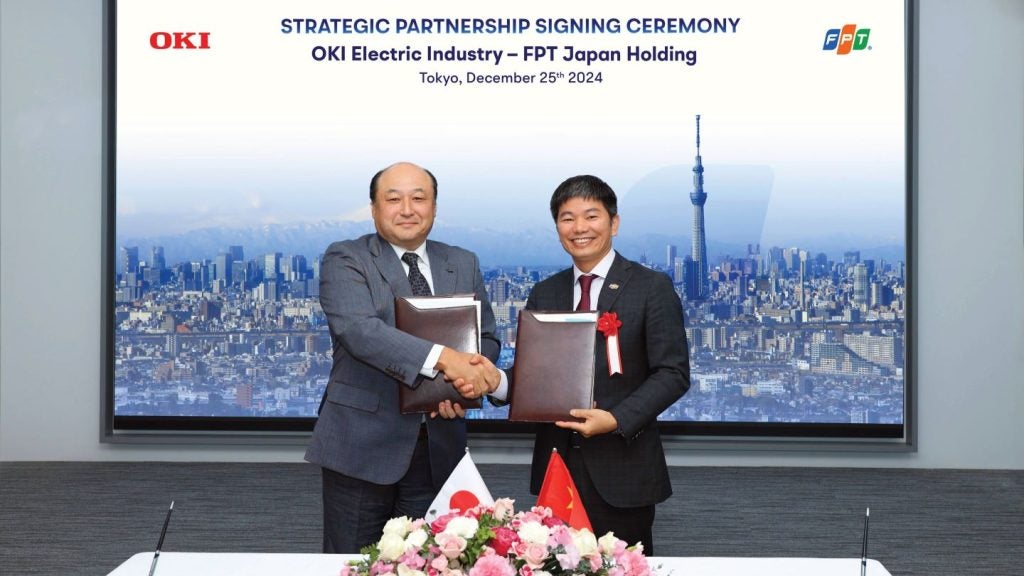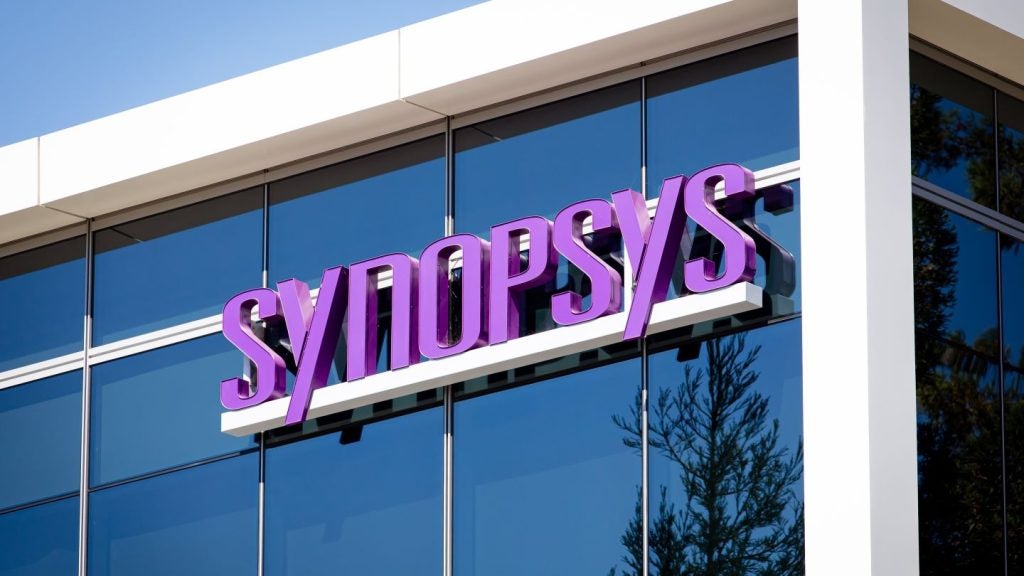Enovix has filed a patent for a method of forming a lithium-containing secondary battery. The method involves positioning the battery within a pouch, trimming the enclosure to form flaps, and attaching the flaps to the pouch. The patent also includes details on the structure of the battery and its components. GlobalData’s report on Enovix gives a 360-degree view of the company including its patenting strategy. Buy the report here.
According to GlobalData’s company profile on Enovix, Battery management systems was a key innovation area identified from patents. Enovix's grant share as of September 2023 was 34%. Grant share is based on the ratio of number of grants to total number of patents.
Method of forming a lithium containing secondary battery
A recently filed patent (Publication Number: US20230318022A1) describes a method for forming a lithium-containing secondary battery. The battery includes a population of unit cells, an electrode busbar, a counter-electrode busbar, a first terminal connected to the electrode busbar, and a second terminal connected to the counter-electrode busbar. Each unit cell consists of an electrode structure, a separator structure, and a counter-electrode structure.
The method involves positioning the lithium-containing secondary battery within a pouch defined by an enclosure. The enclosure is then trimmed to form multiple flaps, including a first side flap, a second side flap, and an end flap. The first and second side flaps are attached to the pouch by folding them about their respective fold lines and into contact with the pouch. A portion of each side flap extends beyond the pouch to define a tab. The end flap is attached to the pouch by folding it about its fold line and into contact with the pouch. The first and second tabs are then attached to the end flap by folding them towards and into contact with the end flap.
The method also includes applying a bonding agent to the flaps and the pouch, folding the flaps, and compressing them against the pouch. The compression is performed while heated at a temperature ranging from 50°C to 150°C for a duration of 10 seconds to 60 seconds. The bonding agent can be adhesive tape.
The enclosure can be made of aluminum, an aluminum alloy, a polymer, a thin film flexible metal, or a combination of these materials. Trimming the enclosure can be done using various cutting methods such as die cutting, rotary cutting, reciprocal cutting, laser cutting, fluid jet cutting, or a combination of these methods.
In another embodiment, the method involves positioning an auxiliary electrode within the pouch in contact with the lithium-containing secondary battery. A buffer process is then performed, transferring carrier ions from the auxiliary electrode to the battery. After the buffer process, the auxiliary electrode is removed, and the enclosure is sealed. The sealed enclosure is then trimmed to form the flaps, and the attachment process described above is followed.
Overall, this patent describes a method for forming a lithium-containing secondary battery with improved enclosure attachment techniques, ensuring secure and reliable battery construction.
To know more about GlobalData’s detailed insights on Enovix, buy the report here.
Data Insights
From

The gold standard of business intelligence.
Blending expert knowledge with cutting-edge technology, GlobalData’s unrivalled proprietary data will enable you to decode what’s happening in your market. You can make better informed decisions and gain a future-proof advantage over your competitors.







